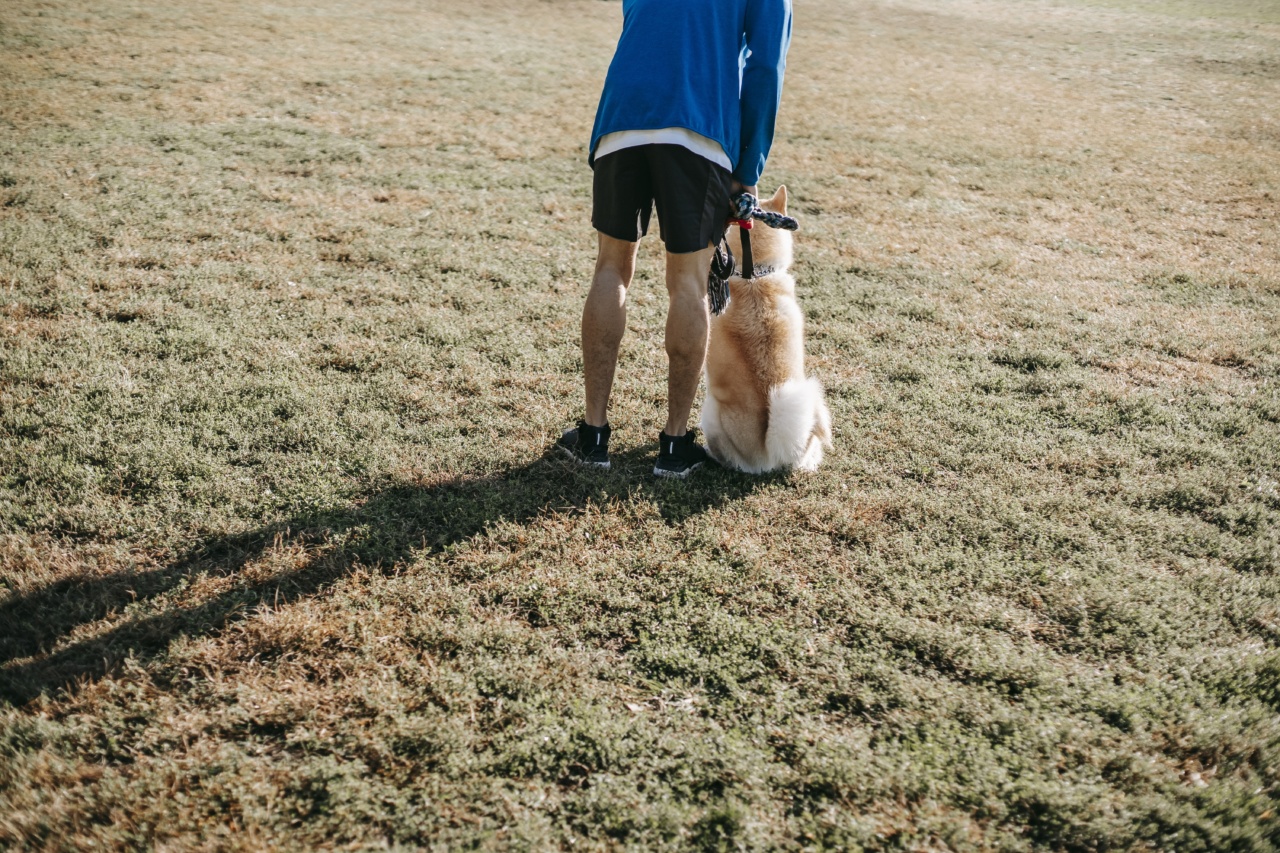Training your dog to sit before putting on the collar and leash is an essential part of their obedience training. It helps to establish control and reinforces good behavior. Here are some tips to teach your dog to sit for collar and leash.
1. Start with Basic Commands
Before you start training your dog to sit for a collar and leash, they should already understand basic commands like sit, stay, and come.
If they do not have a good grasp of these commands, you should work on these before introducing the collar and leash.
2. Choose the Right Collar and Leash
The right collar and leash will keep your dog safe and comfortable. You should choose a collar that fits snugly but not too tightly. A well-fitted collar ensures that your dog cannot slip out of it while still being comfortable.
You can choose from a variety of collars, including buckle collars, martingale collars, and head halters.
The leash should be long enough to allow your dog to move around and explore without becoming tangled. However, it should not be too long that you cannot control your dog. A good leash length is 4-6 feet for most dogs.
3. Get Your Dog Used to Collar and Leash
Before you begin training your dog to sit for the collar and leash, get them used to the collar and leash. Put the collar and leash on your dog and let them walk around the house or yard.
This will help them get used to the feel of the collar and leash and reduce any anxiety they may have.
4. Practice Clicker Training
Clicker training is a positive reinforcement training method that helps dogs learn quickly. Get your clicker and a handful of treats, and follow these steps:.
Step 1: Place the collar on your dog.
Step 2: Hold the clicker in one hand and a treat in the other.
Step 3: Say “sit” and wait for your dog to sit down.
Step 4: As soon as your dog sits, click the clicker and give them the treat.
Step 5: Repeat this several times until your dog learns to associate the sit command with the click and the treat.
5. Use Positive Reinforcement
Positive reinforcement is an effective training method that rewards good behavior. Whenever your dog sits for the collar and leash, make sure to reward them with a treat or verbal praise. This will encourage your dog to sit more often.
6. Be Consistent
Consistency is the key to successful dog training. Make sure you always use the same command, tone of voice, and reward when training your dog to sit for the collar and leash.
This will help them understand what is expected of them and make the training process easier.
7. Be Patient
Training your dog to sit for the collar and leash takes time and patience. Do not get frustrated if your dog does not learn the command right away. Keep practicing and rewarding good behavior, and your dog will eventually learn.
8. Keep Training Sessions Short
Dogs have a short attention span, so it is important to keep training sessions short. Ten to fifteen-minute sessions are ideal. If your dog gets bored or tired, take a break and come back later.
9. Be Firm but Gentle
When training your dog to sit for the collar and leash, you should be firm but gentle. Do not yell or become angry if your dog does not obey. Instead, calmly repeat the command and encourage them to sit.
10. Practice in Different Environments
Once your dog learns to sit for the collar and leash in one environment, you should practice in different environments, such as in the park or on the street. This will help your dog generalize the command and be obedient in any setting.
Conclusion
Teaching your dog to sit for the collar and leash is an essential part of their obedience training. By following these tips, you can train your dog to sit for the collar and leash effectively.
Remember to be patient, consistent, and use positive reinforcement to make the training process enjoyable for both you and your dog.
























